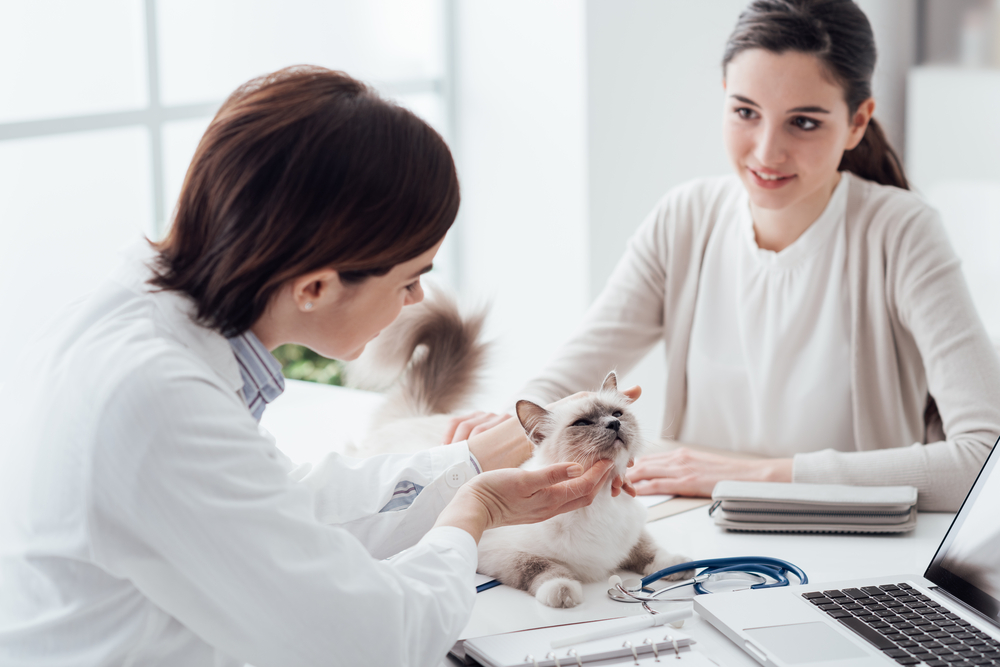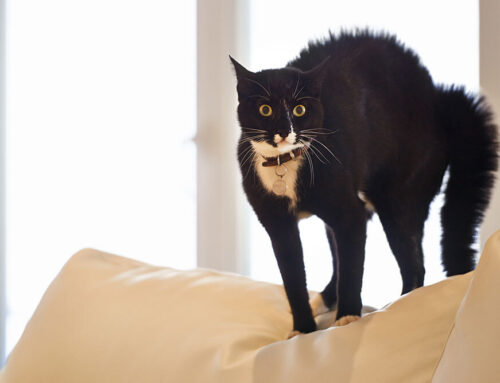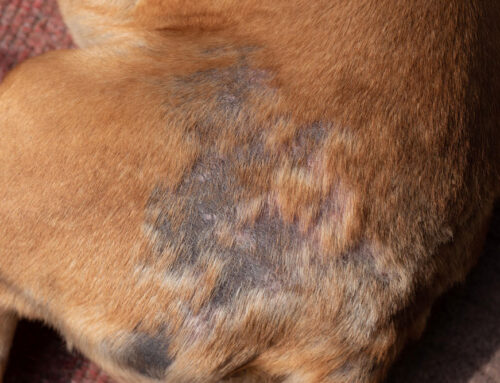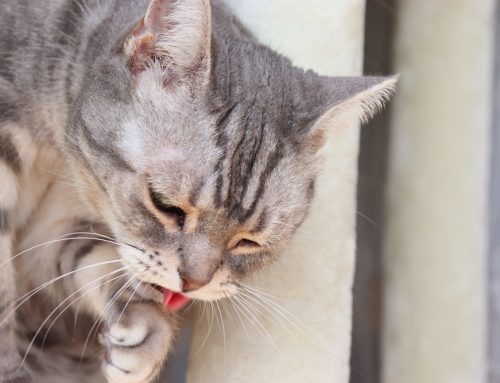When your pet is in pain or experiencing a chronic medical condition, you may wonder if you’re doing everything possible to maintain your four-legged family member’s quality of life. If you feel you’ve exhausted the limits of conventional medical therapy, give us a call to discuss some alternative treatments.
At Tidmore Veterinary Hospital, we offer traditional Chinese veterinary medicine (TCVM) as a complement to conventional Western medicine. TCVM, whose main components are acupuncture, herbal medicine, food therapy, and Tui-na (a type of Chinese massage), works by restoring balance in the body’s various systems.
In this blog, we’ll discuss the fundamentals of acupuncture, and the top five conditions benefited by TCVM therapy.
Acupuncture has been practiced for more than 8,000 years. Ancient practitioners used stone and fish bones to stimulate specific points under the skin, but modern acupuncture is performed with tiny stainless steel needles. Initially, acupuncture was used in animals to treat lame or underperforming horses and other livestock. When animals were domesticated for human companionship and acupuncture was widely accepted for humans, acupuncture for pets was a natural transition.
How does acupuncture work?
Acupuncturists use tiny, sterile needles to stimulate specific points close under the skin. TCVM practitioners believe that acupuncture restores disruptions of the flow of energy, or qi, through the body. In a healthy, balanced body, energy will flow smoothly along channels, or meridians, but imbalances or disruptions to the flow of energy will cause an imbalance that leads to illness and pain.
The Western viewpoint on acupuncture, however, focuses on the body’s physical response to the needles. When an acupuncture needle is inserted into your pet’s skin, it causes inflammation, which increases blood flow as red and white blood cells and platelets rush to the area to aid in healing. The needles also stimulate the release of feel-good chemicals called endorphins that decrease muscle spasms and alleviate pain.
Acupuncture is used today for many veterinary medical conditions. Here are the top five:
- Musculoskeletal disease — Acupuncture is most commonly used for musculoskeletal diseases, such as osteoarthritis. Generally, Western medicine relies on medication or surgery to treat these conditions, but patients with a chronic disease often seek alternative treatment methods when their pain is not adequately controlled or medications produce negative side effects. Acupuncture has been used in patients with degenerative joint disease, hip dysplasia, immune-mediated arthritis, and intervertebral disk disease (IVDD). Using acupuncture as a complement to Western medicine allows us to decrease medication doses or reduce treatment duration.
- Neurologic conditions — Acupuncture promotes nerve regeneration and is commonly used in neurologic conditions. Seizure threshold may be reduced, as well as seizure frequency. Acupuncture is used for limb paralysis, facial paralysis, nerve damage, and brachial plexus injuries.
- Gastrointestinal disease — Acupuncture plays a key role in promoting gastrointestinal (GI) function, and has been used successfully to treat numerous GI conditions, including vomiting, diarrhea, constipation, and pancreatitis. Acupuncture can also help in cases of GI pain, tenesmus (i.e., straining to defecate), rectal prolapse, and immunomodulation in infectious diseases of the GI tract.
- Respiratory disease — The three common clinical signs of disruption of qi involving the lungs include cough, asthma, and nasal discharge or congestion. Acupuncture has been used to successfully treat upper airway infections, feline asthma, allergic bronchitis, and respiratory diseases secondary to cardiac disease.

- Skin disease — Chronic skin disease in pets is frustrating for both owners and veterinarians, because the severe scratching and malodorous skin and ears may threaten the human-animal bond. Acupuncture has been used successfully in cases of atopic dermatitis (i.e., inhaled allergies), chronic ear infections, lick granulomas, and chronic demodectic mange, and to treat non-healing wounds and surgical incisions.
Acupuncture is rapidly becoming accepted as a viable treatment option for many conditions in veterinary medicine, either alone or in conjunction with traditional Western treatments, such as surgery and pharmaceuticals. If you want to learn whether acupuncture could help improve your pet’s quality of life, give us a call, and we will be happy to set up an initial consultation and TCVM exam.








Leave A Comment